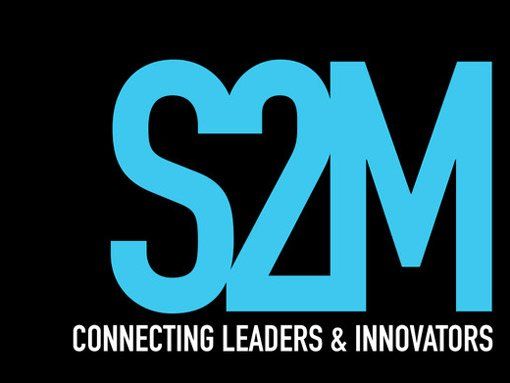The state of play in front end development
Front end development seems to be an always evolving entity. From the early days of basic Javascript in web 2.0, to the modern day powerhouses of AngularJS and React, the world has grown so much bigger than what we first came to know in the early days of the web.
To give a basic rundown of what has really changed, I decided to compile a list of all things GUI related. It’s important to understand that although the environments and libraries have changed, the fundamental principles haven’t. Design will always be done by designers, and front end execution is still the same as it ever was, but here are the coolest additions to the arsenal of javascript.
Widgets, Material design and Polymer
Probably the most recent powerful addition of front end development is that of widgets. Rather than having to code modals on an individual level, widgets have allowed for recurring custom front end elements. Not only has this made it easy to code across mobile and desktop, but the universality for any given application can be tied together by widgets, so a user can build familiarity across mobile and web.
Google’s Material Design language was huge leap forward for achieving singular experiences across all devices. It’s implementation of Material Design for web GUI known as Polymer became one of the simplest ways to create custom elements. Google aren’t the first or the last to do this, but in 2014 it was a big thing. Front end development has now taken on an almost “LEGO-like” consistency thanks to Polymer, which is both a blessing and a curse in the development community.
Heading to the library is cool
As AngularJS usage is on the decline, the mass adoption of libraries such as VueJS, node.js and React have made it much easier to make wholesale changes to front end from a single source of truth. I’ve seen ReactJS used for so many different purposes, and being a single source of truth as a library means that projects can rapidly iterate their front end based on user feedback.
The libraries have become so engrained in front-end development that we are fast approaching the moment in time where all form factors can be accounted for from a single source. It may not happen tomorrow, but the future is upon us, and these javascript libraries are playing a bit part.
Unit testing is automatic
With the most organisations using javascript libraries, the need to test out elements has become increasingly automated. Test frameworks such as Mocha (for node.js) offer browser support, asynchronous testing, test coverage reports, and use of any assertion library. Having test automation frameworks means that the customisation of elements can occur much faster, with fast testing comes fast changes and greater iterations. This doesn’t necessarily mean a better product, in the same way that coffee doesn’t guarantee productivity. But who doesn’t get a coffee every morning?
Simply put, front end development is getting faster and more asynchronous. With all that is said and done, it might not make for a better product, but it makes for a more exciting race to get products out there.






